
To enhance the ability to diagnose pulmonary nodules in the early stage, and to enable medical imaging and related departments to understand new developments and developments related to pulmonary nodules, and to strengthen academic exchanges and technical cooperation. The municipal follow-up education project "Early Diagnosis Training Course for Pulmonary Nodules" (project number: C23-01-109010138), jointly organized by Chengdu High tech Medical Association and Chengdu Integrated Traditional Chinese and Western Medicine Hospital, and undertaken by Chengdu High tech Zone Radiology Quality Control Sub center, was successfully held online on October 22, 2023.
Pulmonary nodules are a common lesion in lung imaging examinations, and their early diagnosis is of great significance for the treatment and prognosis of patients. Therefore, improving the early diagnostic ability of medical personnel for pulmonary nodules is particularly important. This training course aims to provide a learning and communication platform for medical imaging colleagues, as well as physicians and technicians in related disciplines, to help them master the latest diagnostic techniques and concepts for pulmonary nodules.
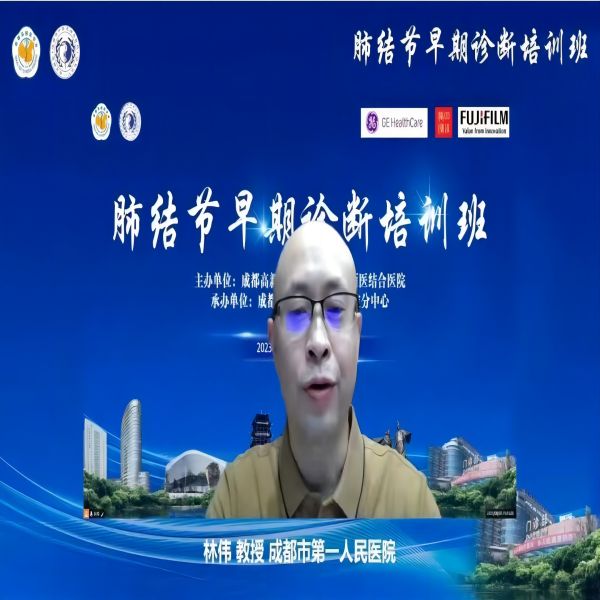
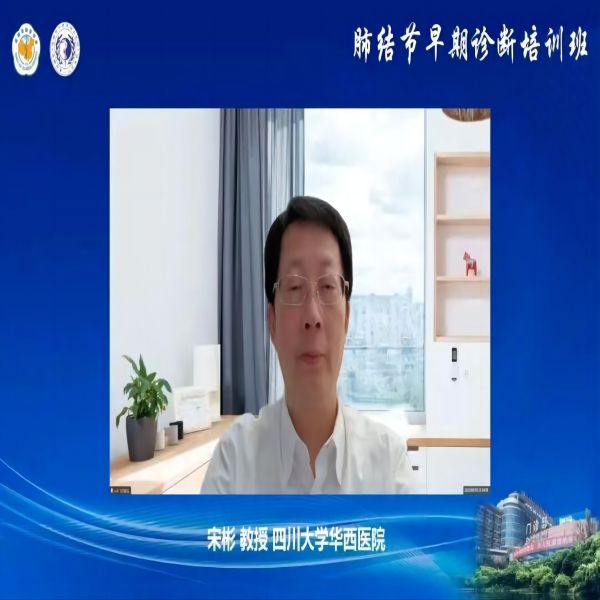
This training course invited Professor Li Zhenlin, Professor Yu Jianqun, Professor Pu Hong from Sichuan Provincial People's Hospital, Professor Zhou Peng from Sichuan Provincial Cancer Hospital, Professor Liu Jian and Professor Xu Zhiwei from Chengdu Third People's Hospital, Professor Lin Wei, Professor Li Wenbo, and Professor Tang Huamin from Chengdu First People's Hospital to give lectures.
Professor Lin Wei from Chengdu First People's Hospital served as the chairman of the conference, Professor Song Bin from West China Hospital of Sichuan University served as the guest speaker at the opening ceremony, and Professor Ning Gang from West China Second Hospital of Sichuan University summarized the conference. The experts at this meeting shared relevant content such as the current imaging standards for HRCT in the lungs, HRCT diagnosis and management strategies for isolated pulmonary nodules, imaging and pathology of lung carcinoids, clinical research exploration of lung tumor imaging, consensus on CT classification and guidelines for pulmonary nodules, case sharing of pulmonary sub solid nodules, clinical application of CT guided percutaneous lung biopsy, and imaging diagnosis of benign and malignant pulmonary nodules. In addition, the training course also emphasizes clinical practicality, combined with case analysis, to enable participants to better understand and apply the knowledge learned.
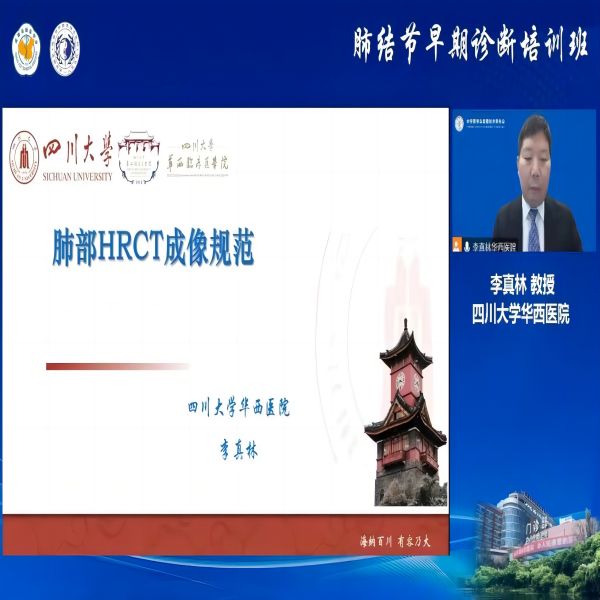
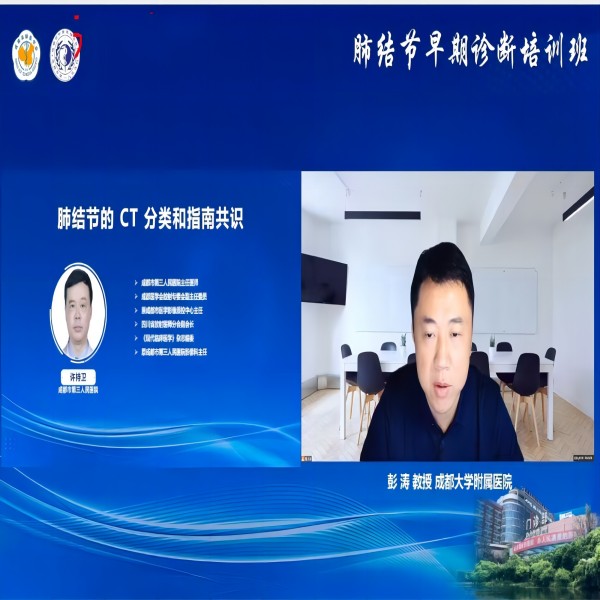
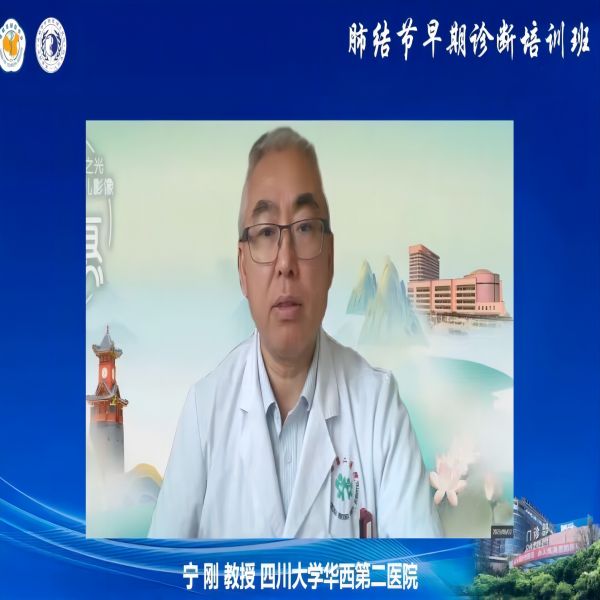
This training provides a valuable learning and communication opportunity for medical personnel, promotes the progress of medical imaging diagnosis technology, helps medical personnel improve their early diagnosis ability of pulmonary nodules, and better serves patients.








